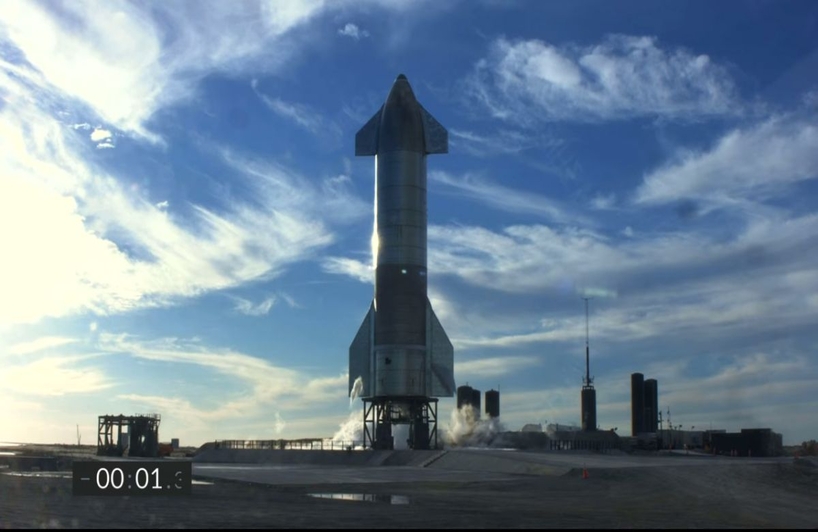The MST Reader is a series of overviews of interesting and timely topics that affect our world.
The MST Reader: Space – A Year in Review
It’s been a busy year in space.
After several years of carrying cargo to the International Space station, SpaceX finally started bringing people there in its Crew Dragon capsule. This was the first time that an American spacecraft has carried people to the I.S.S. since 2011, when the last Space Shuttle, Atlantis, was retired; that this return was carried out by a private spacecraft made this an even more remarkable moment in history.
SpaceX’s Starlink satellite network continued to grow. Starlink is a constellation of satellites which SpaceX intends to use to provide satellite Internet access to most of the globe, including many areas that currently have no Internet access. Launching 60 satellites at a time, SpaceX is aiming to have more than 1400 Starlink satellites in orbit by late 2021 or 2022. Tens of thousands more are planned for later phases of the project.
Starlink isn’t the only communications satellite constellation planned. Amazon has announced plans to create a system comprised of 3236 satellites, and Samsung has considered 4600 satellites of its own.
Prior to this push, the total number of active artificial satellites in orbit in 2019 was estimated at only around 2000. Some astronomers worry that there will soon be more visible satellites in the sky than visible stars; others worry about an increase in dangerous space debris.
Meanwhile, testing of SpaceX’s Starship rocket system continues. The Starship SN8 had a remarkable test flight in December, capped by an even more spectacular explosion upon landing, which we are assured is all part of the testing process. When complete, it promises to be capable of carrying people to the moon or Mars on the most powerful rocket ever built by humans, the Super Heavy.
In December, the Chinese moon probe Chang’e 5 landed, took samples and returned those samples back to Earth, the first time moon rocks have been brought back to Earth since the American and Soviet missions in the 1970s. The lunar lander had cameras, ground-penetrating radar and a spectrometer, and more than 4 lbs. of lunar soil and rock was returned to Earth, touching down in inner Mongolia. Additionally, the mission placed a Chinese flag on the moon.
After years of speculation about the possibility of life on Mars due to the water discovered there, attention turned toward Venus this year, as astronomers announced the discovery of phosphine
in Venus’s atmosphere. Venus is much hotter than Earth, and has an atmosphere bathed in sulphuric acid; nonetheless, since phosphine is only known to be produced by organic processes, it opens the question as to whether there is some sort of life roughing it out on hot, cloudy Venus.
It was another tough year for Earth’s atmosphere, as 2020 ended up neck-and neck as one of the hottest years on record. Associated events such as wildfires in Australia and California, record ocean temperatures and reef die-offs, as well as the most active hurricane season on record underscored humanity’s lack of progress on the climate crisis over the past 40-plus years. Despite early hopes that the COVID-19 pandemic would result in decreased greenhouse gas emissions, studies later in the year showed that there had been no improvement in the atmosphere’s chemical composition.
Here on Earth, the Arecibo Observatory radio telescope in Puerto Rico collapsed after more than 50 years of service. Recent damage to the iconic 305-meter telescope was deemed unfixable, and on December 3 the support structure gave out, dropping the 900-ton instrument platform onto the dish below.
Further viewing:
SpaceX’s Starship SN8 test flight and spectacular explosion:
The collapse of the Arecibo Observatory in Puerto Rico:
